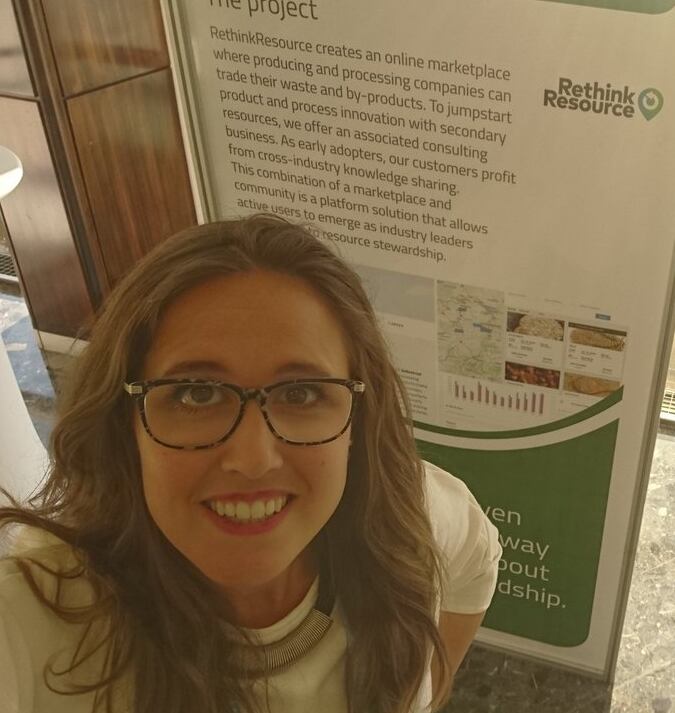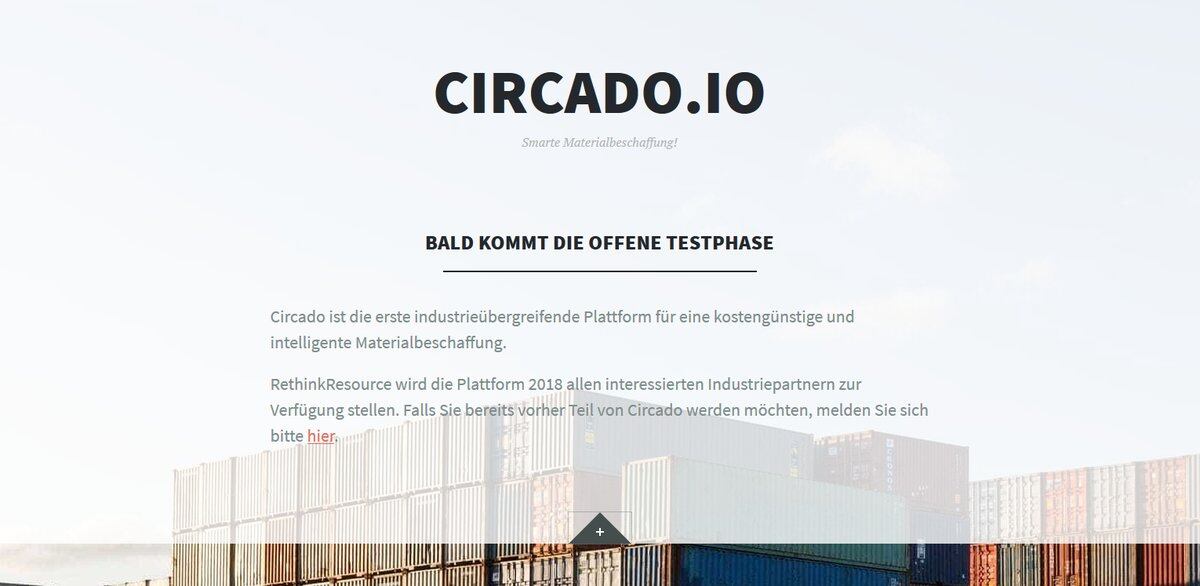Circular economy solutions have been hailed as an answer to the fundamental sustainability challenge faced by the food sector: the need to produce more using fewer resources.
The European Commission has placed its food strategy at the centre of efforts to deliver on commitments made under the Paris Climate Change deal and the United Nation’s Sustainable Development Goals. Circular economy innovations are an important tool to further this agenda Carlos Moedas, EU Commissioner for research, science and innovation, stressed at the Food2030 conference in Brussels late last year.
“Through the circular economy, our food systems can better deliver nutrition and combat climate change. The circular economy is about smarter use of resources. It is about jobs and growth where people live. It is about applying research in concrete ways. And here a lot still needs to be done,” Moedas told his audience of researchers and industry representatives.
Large food and beverage corporations are also backing circular economy concepts. Joining a debate on developing circular economy strategies at the European Parliament, Swiss food giant Nestlé called for a more collaborative approach between the public and private sectors to develop a circular economy as it works to meet its 2030 environmental impact targets.
But turning circular economy rhetoric into actionable outcomes is proving something of a challenge.
“The big bottleneck is in finding the know-how and mediation necessary for collaborative innovation. In most cases, producers are extremely knowledgeable about possible applications in their own sector, but they miss applications in other sectors or even cross-industry,” observed Linda Grieder, CEO of Swiss start-up RethinkResource. “That is where we as RethinkResource come in.”

RethinkResource was founded in 2016 with the mission to support manufacturers in the transition to a 'closed loop' economy. The company's founder, Grieder, saw the impact that digitalisation will have on production models. She believes digital value networks will come to replace linear supply chains, to deliver 'value instead of waste'.
Side streams: a waste(ed) opportunity
Currently, various by-products come out of the food chain to be disposed as waste when they could be re-purposed for different uses. This brings a number of advantages to food businesses, the sustainability entrepreneur suggested.
“Conscious consumers are willing to pay more for more sustainable products, which is a new source of value creation for producers considering the amount of circular innovation around. This requires approaching circular economy not only from the consumer side but from the production side. After all, it is about resources.
“The best source of circular innovation available to producers is to re-use their production side-streams that currently go to waste as secondary resources for the creation of so-called upcycling products.”
Grieder founded RethinkResource to help businesses use their side and waste streams more efficiently, bringing resources that would otherwise have gone to waste back into the production cycle.
To this end, the Zurich-based start-up offers a consultancy service. ReThinkResource has also developed Circado, the first online marketplace to exchange waste-and side streams.
The open prototype of Circado recently launched and first testers signed up “within days”, Grieder revealed.
"The platform is extremely well received, and everybody is excited about what we are working on. Of course, it is still a prototype and functionality is still very basic. But we are doing our best to fill the gaps and also support by old-fashioned phone calls and emails when necessary.”

ReThinkResource is taking the development stage one-step at a time and Grieder did not share the company’s plans to build scale. “Since we are currently in the Prototype-stage, our focus lies on developing a fully functional beta-version that can be used for side-stream trading without manual support by us. So, at the moment, it is more important for us to make Circado work for our customers,” she said. “Of course, the platform is open for signups and we will gladly support any testers that are signing up.”
Cross-sector collaboration
An important aspect of Circado is that it wants to build relationships across different sectors, reaching beyond food manufacturers in order to find new uses for by-products that have previously been considered waste.
“The important thing is to keep all materials that come out of a production at as high a value as possible. Not only the “primary” products from production have value, but also the side-streams. In most cases, food side streams can be used for food production, or cosmetics, or as structural materials for packaging, etc. Even animal feed is preferable to combustion, let alone landfill.”
As an example of a successful cross-industrial approach, Grieder points to Ananas Anam, a London-based textile start-up that turns pineapple peal and waste into vegan leather-like material.
“Often, waste from one industry can serve as a resource for another industry… Ananas Anam is the product of a cross-industrial trade between agriculture and the textile industry.
“The reason why a side-stream is a side-stream often lies in the fact that a specific industry focuses on specific properties of their material, such as the food industry that focuses on taste, appearance and nutritional value. From this viewpoint, pineapple peal is low-value, but of course, for the producer of the ‘vegan leather’, this is an entirely different thing.
“In general, the higher the scale of production, the easier it is to find an economic secondary application for side-streams; but of course, it highly depends on the individual case.”
No ‘magic bullet’
While increased collaboration can pay dividends, Grieder stressed that there is “no single do it all solution”.
“Instead, it is very important to consider each individual case and the corresponding ecosystem that surrounds it. Using inter-sectoral synergies that can be leveraged has a huge potential for the food sector as a starting point for the circular economy.”
